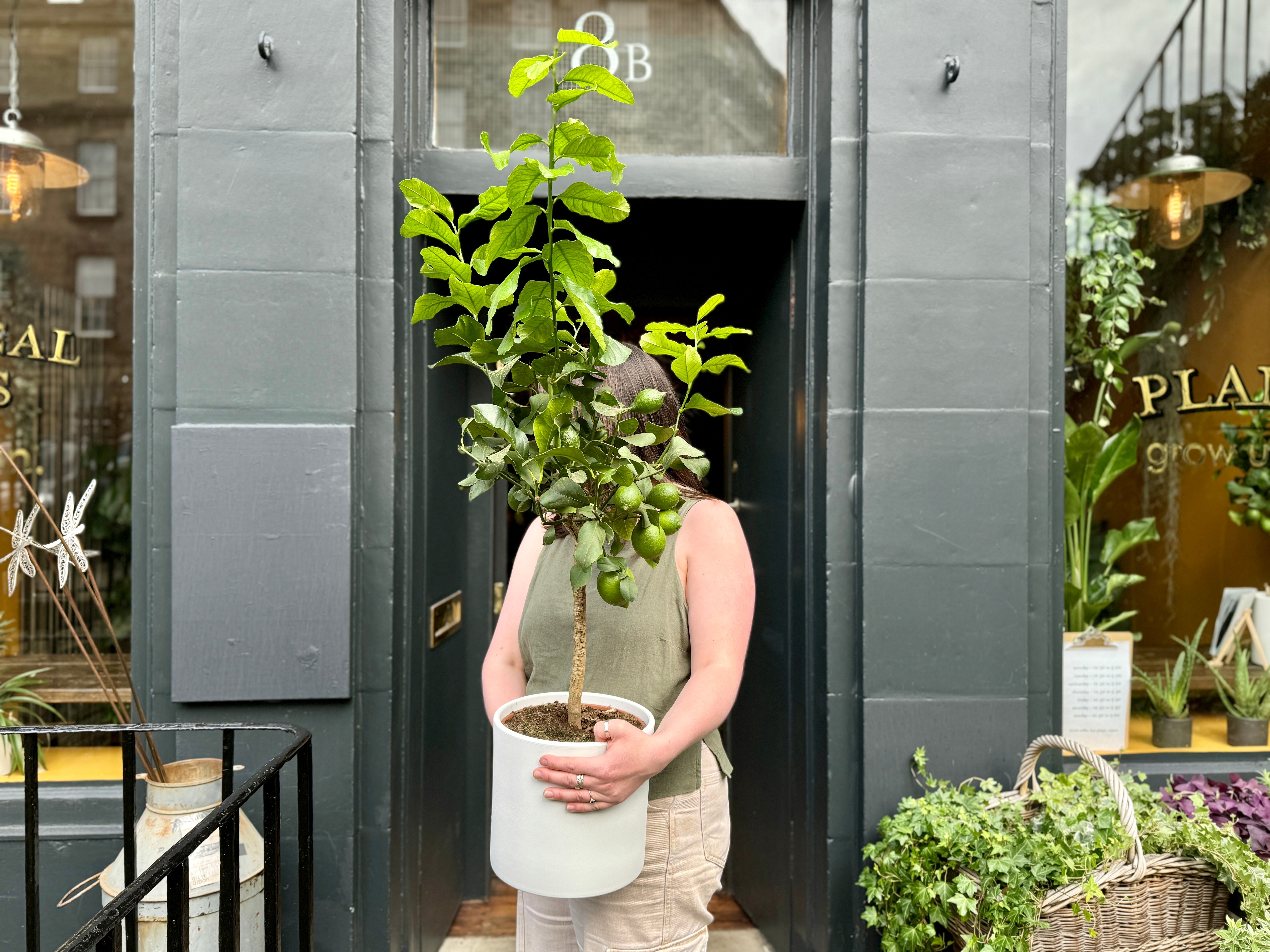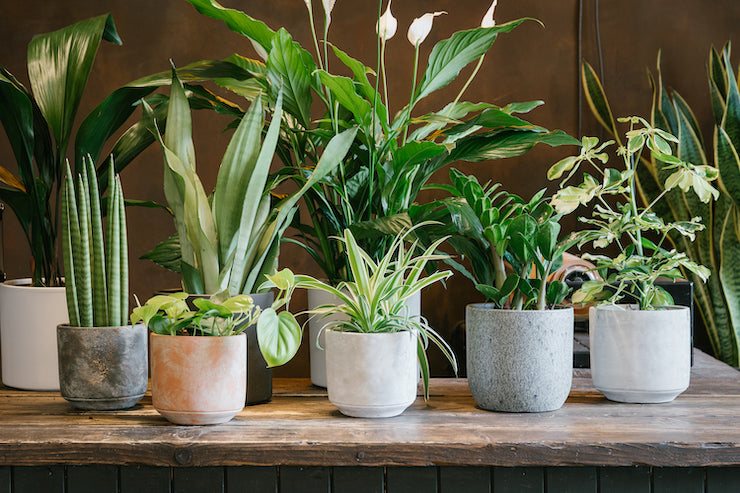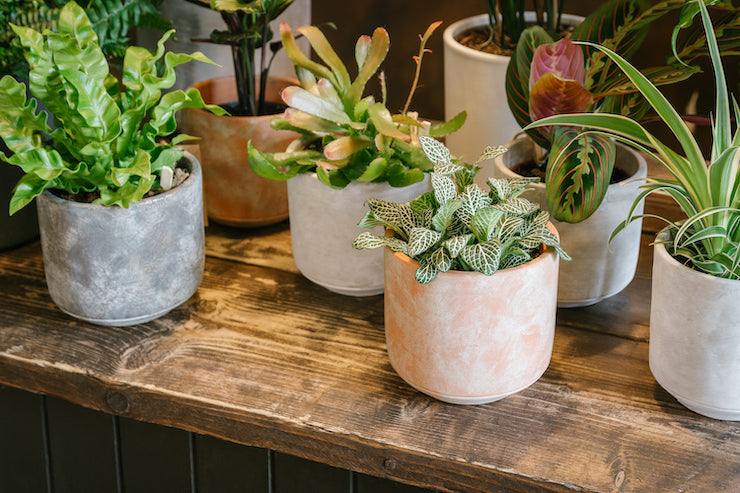
The Ultimate Citrus Plant Care Guide – How to Grow Healthy Indoor Citrus Trees
The Citrus genus, part of the Rutaceae family, originates from Southeast Asia and includes a wide variety of fruiting trees like lemons, limes, oranges and grapefruits. With over 1,000 cultivars, all citrus varieties can be traced back to three original species: citrons, pomelos and mandarins. Some citrus species have been around for over 7 million years, while others – like the grapefruit – were discovered as recently as 300 years ago.
🌿 Citrus Plant Care
Most indoor citrus trees thrive in a bright, warm location such as a sunny windowsill, orangery, or conservatory. During the warmer summer months, you can move your citrus plant outdoors – just keep it in a pot so it’s easy to bring back inside when temperatures drop.
Watering needs change with the seasons. In summer, citrus plants are incredibly thirsty and should be checked daily. In winter, allow the compost to dry out almost completely before watering. Use distilled water, rainwater, or cooled boiled water to avoid mineral build-up in the soil.
Apply a citrus-specific plant feed every couple of weeks, year-round. In spring and summer, use a nitrogen-rich citrus fertiliser; in autumn and winter, switch to a more balanced citrus feed to support overall health.
Citrus plants love humidity, so regular misting is essential – especially in winter when indoor heating can dry out the air. Use a fine mister 2–3 times a week to keep your plant happy.
Repotting is typically needed every 2–3 years. If roots are growing out of the drainage holes, it’s time to move up a pot size. Always choose a pot with good drainage. We recommend using a plastic nursery pot placed inside a decorative pot for easy watering. Use a citrus-specific compost or mix your own: 60% base mix, 20% bark and 20% sand.
Fruit ripening takes 9 to 12 months in the UK, so patience is key. For best results, prune citrus trees in spring to improve air circulation and encourage healthy growth. Don’t be afraid of hard pruning – most citrus trees grow vigorously!
🔍 Troubleshooting Common Citrus Plant Issues
Why has my citrus tree never produced fruit?
This depends on how your plant was propagated. Most commercially sold citrus trees are grafted to ensure fruiting within a few years. If yours was grown from seed, it may take up to 10 years to mature enough to bear fruit.
Why is there a white, powdery mould on the soil?
This isn’t mould – it’s a harmless mineral residue from tap water. Switch to distilled or rainwater to prevent this build-up in the future.
Why are my citrus leaves yellowing and falling off?
This could be caused by temperature fluctuations or irregular watering. Make sure your plant is in a consistently warm location, away from radiators or drafts. Adjust your watering schedule with the seasons.
Why do the leaves look damaged or feel sticky?
This might be a sign of pests such as scale, spider mites, or aphids. Isolate the plant immediately and inspect the leaves. For help identifying and treating pests, read our plant pest guide.



